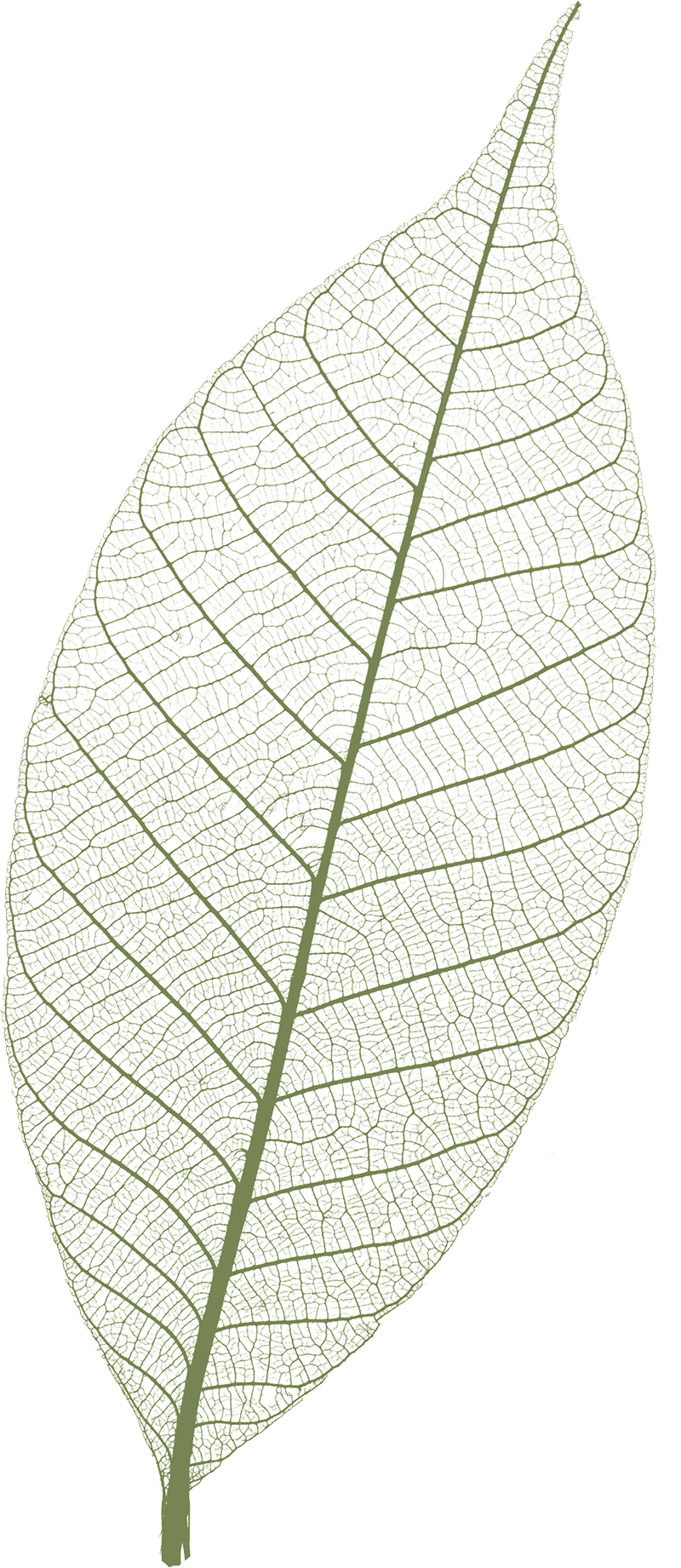
Featured Article
Is Soil Transformation The Greenest Funeral Option?
By: Tom Harries
Apr 26, 2022 | Soil Transformation
4 min readTraditional funeral practices are highly pollutive and therefore unsustainable. As awareness of the environmental harm caused by the traditional funeral industry grows, so does interest in green funeral alternatives.
One such alternative practice is Soil Transformation™. Also referred to as natural organic reduction or human composting, this is a natural, environmentally-friendly alternative to burial and cremation. As an appealing process that is conceptually similar to cremation, Soil Transformation™ could be the green funeral option with the biggest positive impact on the industry.
This article looks at what Soil Transformation™ is, the environmental benefits of the process, and how it compares to traditional funeral practices.
What Is Soil Transformation™?
Soil Transformation™ refers to the gentle transformation of a body into nutrient-rich soil. It is an increasingly available and increasingly popular alternative to traditional funeral practices.
The Soil Transformation™ process uses the principles of nature to transform bodies into soil. Conditions found in the natural world are recreated by balancing elements and optimizing temperature and moisture levels. The body is broken down on a molecular level and the end result is healthy soil, which can then be used for a variety of conservation purposes.
How Long Does It Take A Body To Complete Soil Transformation™?
Soil Transformation™ creates the perfect conditions for naturally occurring microbes and beneficial bacteria. At Earth, our process takes 30 days, and the output is a cubic yard of healthy, nutrient-rich soil.
How And Where Is Soil Transformation™ Performed?
The Soil Transformation™ process involves placing the body in a purpose-built vessel, which recreates the conditions found in the natural world.
These conditions are recreated by carefully balancing carbon, nitrogen, oxygen and water, and optimizing temperature and moisture levels. This in turn creates the perfect conditions for naturally occurring microbes and beneficial bacteria to break down the body on a molecular level. To achieve the correct balance of carbon and nitrogen, organic materials such as woodchip, mulch and wildflowers are used.
Soil Transformation™ is performed in purpose built facilities. At Earth, we have state-of-the-art facilities that provide a peaceful and serene environment in which the process takes place.

Soil Transformation™ is legal in a number of states in the US. As awareness of the practice has grown, so has support. It is expected that more states will legalize Soil Transformation™, with a number of Bills making their way through the legislative process. Check the status in every state with our human composting legislation tracker.
Is Soil Transformation™ Eco-Friendly?
Soil Transformation™ is a very environmentally friendly process because it is carbon neutral and the soil output can be used for vital conservation efforts.
Soil Transformation™ returns goodness from the human body to the natural world. Healthy soil is important to a healthy ecosystem as it filters water, provides nutrients to plants and animals, and helps regulate global temperatures.
The output is actively positive, which differentiates Soil Transformation™ from options like alkaline hydrolysis (also known as aquamation or water cremation), which focuses only on process and not output.
Get a quote in seconds.
Soil Transformation™ Vs. Traditional Burials
Soil Transformation™ has some similarity to traditional burial in that the human body is returned to the ground at the end of life.
Soil Transformation™ is however much more environmentally friendly. Traditional burial is a resource-intensive process that involves the consumption of urban land at an unsustainable rate.
While Soil Transformation™ can have a very positive impact on soil health, burial tends to pollute our soil. Metals, wood and chemicals are buried in the ground in the form of caskets and embalming fluid. In the US alone, 4.3m gallons of embalming fluid are buried each year.
Soil Transformation™ Vs. Cremation
Soil Transformation™ has a more obvious conceptual similarity to cremation, with the body undergoing a transformation into remains. Rather than being incinerated and turned into ash, a body is transformed into nutrient-rich soil.
Again, Soil Transformation™ is a more environmentally friendly option. Cremation is a fossil fuel driven process with high carbon emissions. One cremation produces 535 lbs of CO2, which is equivalent to a 609 mile journey in an average sized car.
What To Do With The Soil Post-Process
In the same way as cremation ashes are scattered, stored or displayed, families can use the soil as part of the memorialization of a loved one. Families and friends might wish to scatter the soil, or to use it to grow plants or a tree in a special place.

As the Soil Transformation™ process produces about a cubic yard of soil, there is enough soil to also use for conservation purposes. The soil can be used for wildfire restoration, reforestation and restoring soil health.
In this way, Soil Transformation™ represents a return to nature. It is a conceptually appealing process that can form a meaningful memorial and has a positive impact on the environment.
Green Funeral Choice
Soil Transformation™ is a great choice for nature lovers, conservationists and those who want to protect the planet for future generations.
Read more about Earth's services or get an instant online quote for prepaid or at-need plans.







